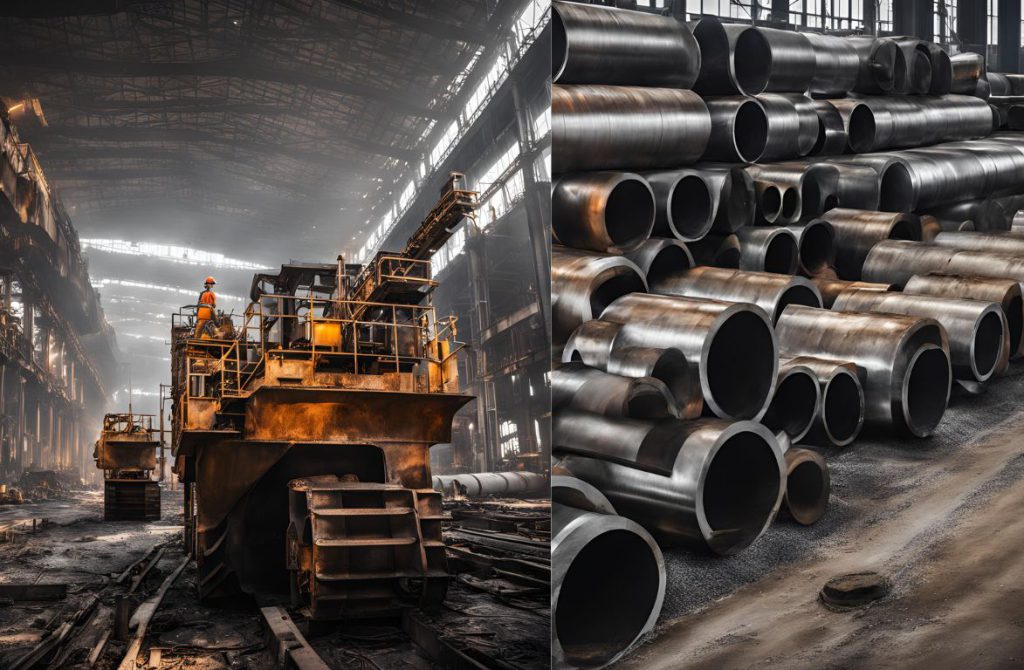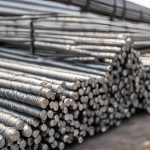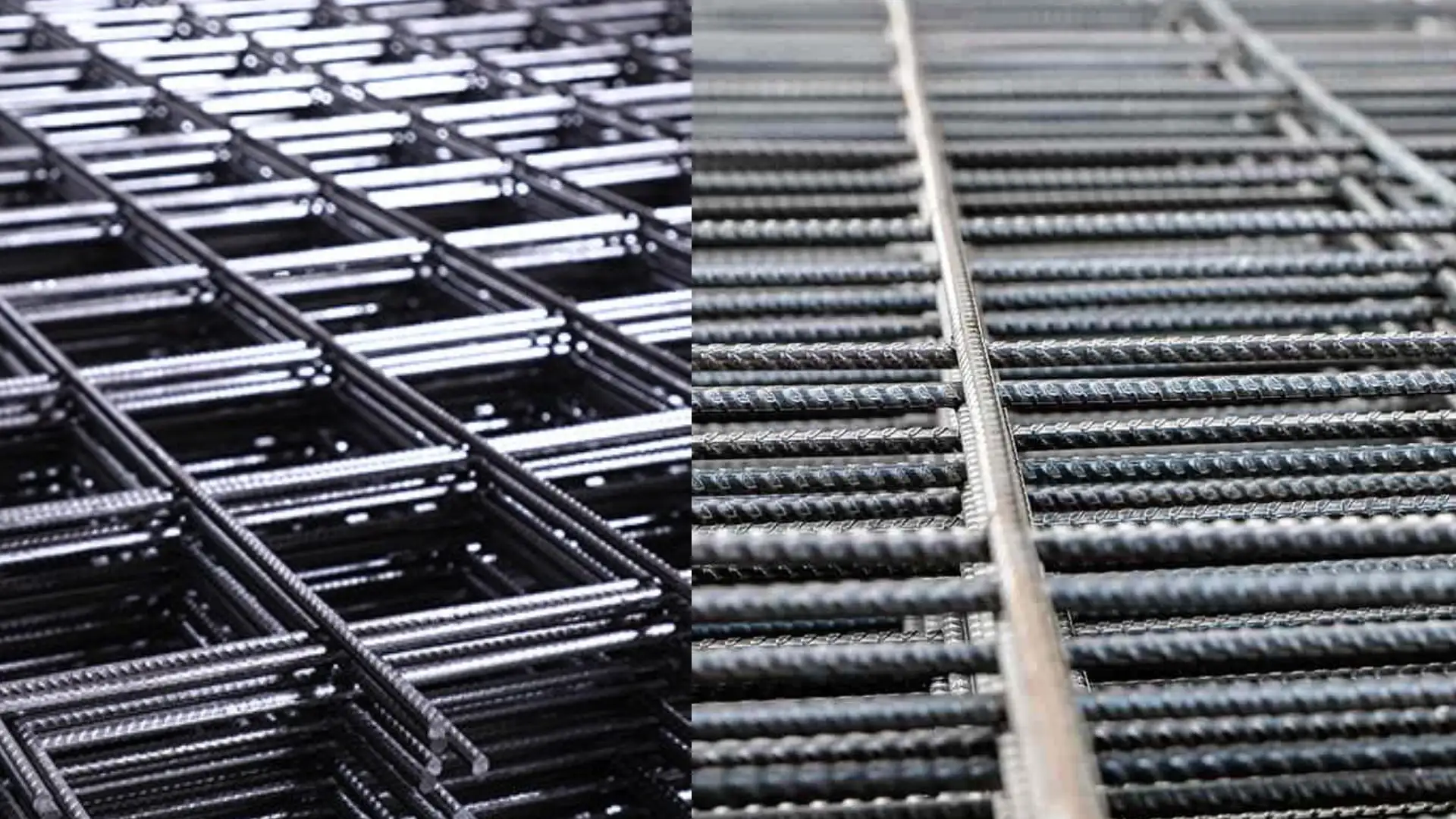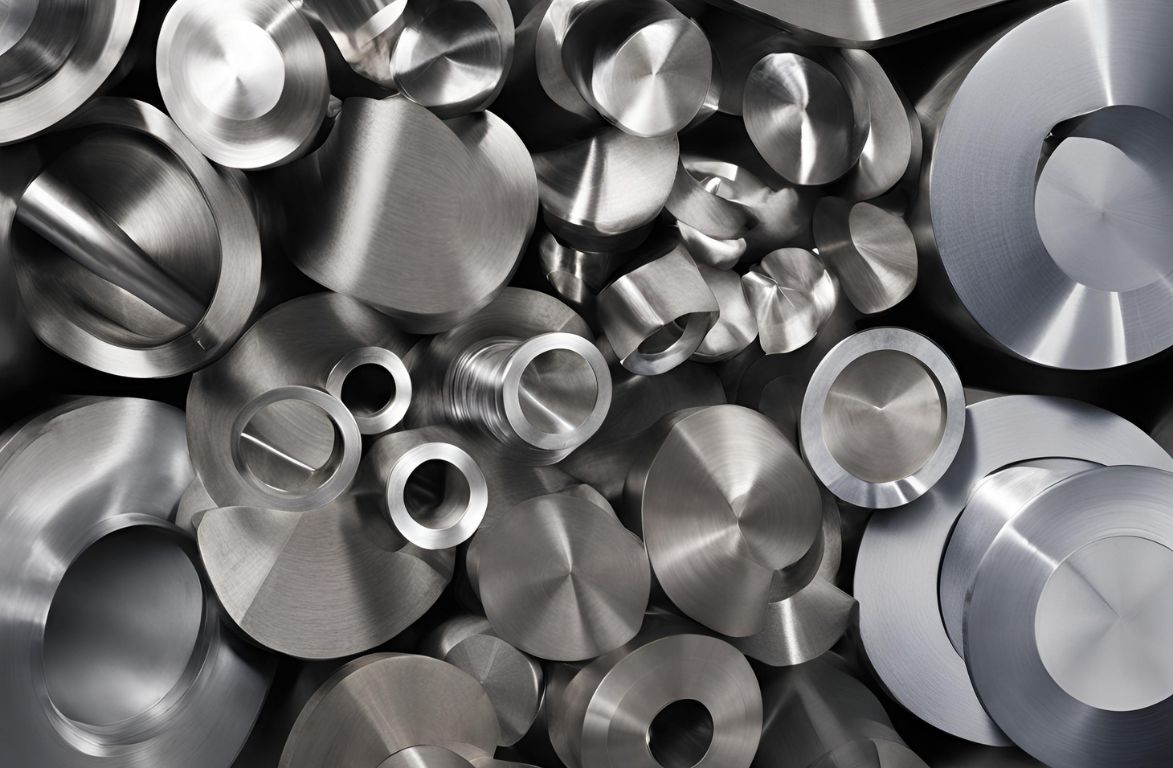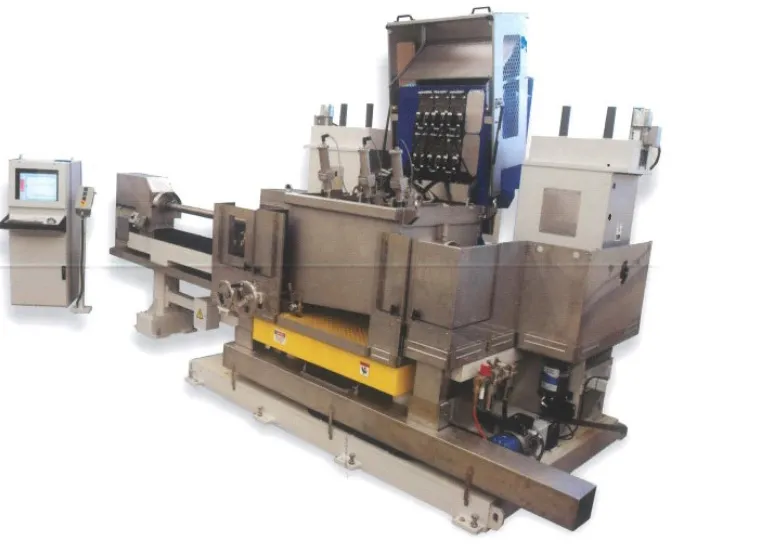Like any modern day industry, the steel industry is one that has grown rapidly since the past several years. This is particularly true for India, which has massive amounts of natural resources to produce steel and other alloys. But in the twenty first century, we are approaching a host of environmental issues, such as climate change, resource mismanagement, and heavy pollution. India ranks fairly low on its air quality, and overall quality of health and life.Over the last two decades, the focus of environmentalists has been to promote self-awareness of carbon footprints and introduce grass roots level lifestyle changes to help promote eco-friendly practices. However, more recently, the general public is beginning to hold large corporations responsible for their environmental impacts, and encouraging them to introduce eco-friendly practices under the CSR (corporate social responsibility) umbrella.
WHAT IS THE ENVIRONMENTAL IMPACT OF THE STEEL INDUSTRY?

One of the biggest environmental impacts of the steel industry is the air emission (particularly from the production of coke). The oven gas, naphthalene, and ammonium compounds are contributors to greenhouse emissions. These same products also contaminate water in the cooling processes.
The furnaces and combustions of oil also contribute to greenhouse gas emissions, including contamination by gases like carbon dioxide, nitrogen oxides, and Sulphur Dioxide. Moreover, contamination is further caused by large amounts of dust.
To top it all, an industry of this size will naturally be incredibly energy-consuming. The pollution (namely carbon dioxide) that is produced from running the facilities is massive. Just this year, the world has produced over 1 million tonnes of steel – and you can imagine the energy required to do that.
HOW CAN THE STEEL INDUSTRY WORK IN AN ENVIRONMENTALLY FRIENDLY WAY?
However, it is not an entirely bleak prospect. Despite the threats to the environment that the steel industry may pose, it is still a production process that relies largely on recycling and reusing. A majority of steel produced today is from recycled scrap steel, and not from freshly mined iron ores. Many steel products are also manufactured in a way that there is little to no waste in the recycle process.
The issue of air and water contamination is being dealt with by introducing new machinery that has higher grade filtration systems. The Ministry of Steel in India is also introducing action plans for the efficient production of steel, promising a brighter future for the industry.

